|
|
Bulbous Plants
The main bulbous crops (the ones with
more than 100 ha bulbs in the NL in 2012) grown in The Netherlands are tulip (Tulipa) (9963 ha), lily
(Lilium) (3941 ha),
hyacinth (Hyacinthus) (874 ha), Narcissus (1545 ha),
Gladiolus (684 ha), Iris (260
ha), Crocus (352 ha), Allium (189 ha) and Zantedeschia (126 ha). The
acreage in hectares as published by the Dutch Flower Bulb Inspection
service
(BKD)
is given between brackets.
Some aspects of research on Tulipa, Lilium, Narcissus, Hyacinthus and Zantedeschia carried out in the ornamental breeding group are listed
below. Also the history of the Flower Bulb Symposia during the last 50 years
is presented.
Tulipa
Research in the ornamental
Breeding Group of Wageningen UR on tulip is focussed on introgression
breeding of virus resistance from T. fosteriana in T.
gesneriana (TTI-GG; Marasek et al., 2011).
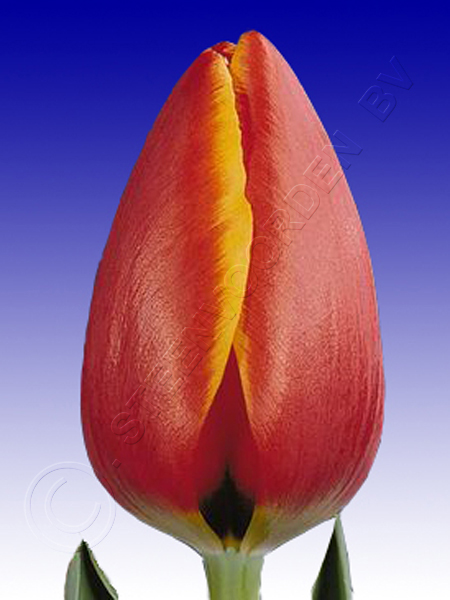
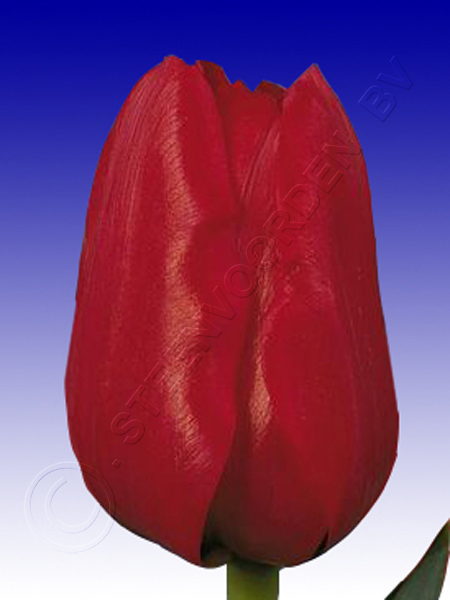
Tulipa cv World Favorite
Ile de France
Lilium
The history of the lily assortment
is relative short.The first commercial group of importance is the
Asiatic hybrid groups which were used on large as cutflowers in the 70
and 80ties of the last century. The second group is de Oriental hybrid
group which became important in the nineties. Through the use of
pollination, embryo rescue and polyploidization techniques the LA- and
OT-hybrids were developed. The cultivars of these groups are all
triploid and changed the assortment od lily dramatically (Van Tuyl and
Arens, 2011; 2nd Lilium
Symposium Acta Hortic 900)(the 3rd International Lilium Symposium
was held in China 2014 see Acta Hortic 1027).
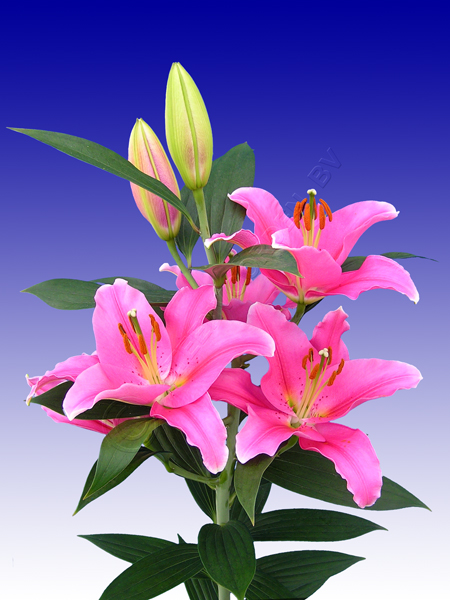
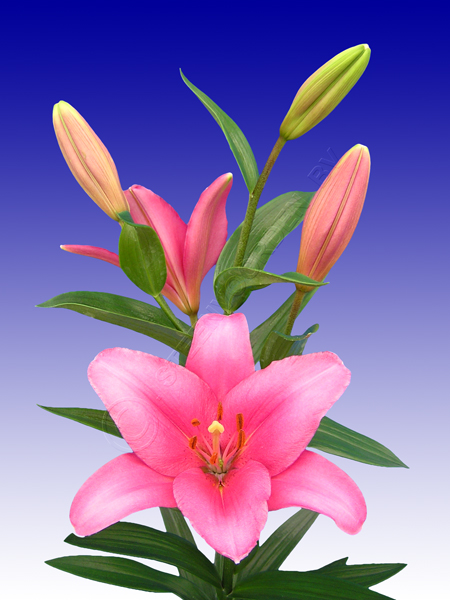
LA Brindisi
OR lily Tessa
Narcissus
The origine of the most important
Narcissus cultivar "Tete a Tete" has been proved by Genomic in situ
Hybridization research (Van Tuyl and Arens, 2012; bulb symposium Turkey, Wu
et al., 2011).
Hyacinthus
Range of ploidy levels in
hyacinthus cultivars (Van Tuyl and Arens, 2012, Bulb Symposium Turkey).
Zantedeschia
Hippeastrum
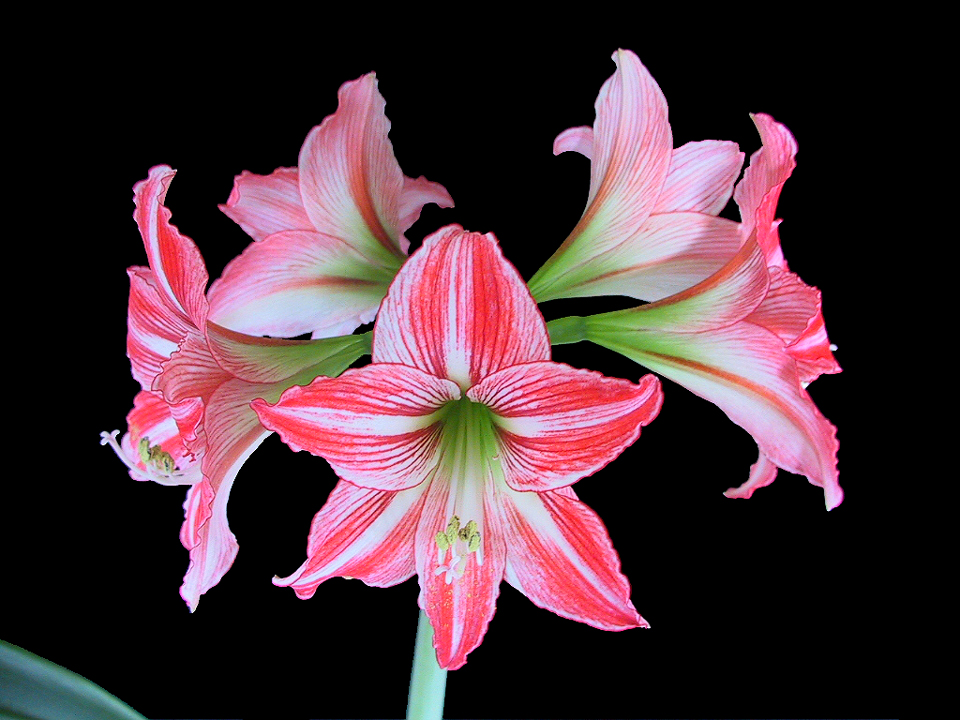
Flowerbulb Symposia
The 13th International Symposium on Flower Bulbs and Herbaceous Plants (ISFBHP) was held in Seoul, Korea from May 1-3 2019. It is organized by Korean Association for Flower Industry Development, Korean National Institute of Horticultural and Herbal Science and the Korean National Arboretum and hosted by International Society for Horticultural Science (ISHS), Korean Society for Floricultural Science (KSFS) and Korean Society for Horticultural Science (KSHS).
The first International Symposium on Flower Bulbs was held in The Netherlands (NL) in Noordwijk in 1970. It is almost 50 years ago. One of the participants was August A. De Hertogh, an authority in floriculture and well known from his famous reference book “The Physiology of Flowering Bulbs” co-edited with Marcel Le Nard (1993). He died October 26, 2018. In Memory to Gus De Hertogh an article for this Acta was written by Rina Kamenetsky and John Dole.
The other symposia were held in England (1975), Denmark (1980), NL (1985), USA (1989), Poland (1992), Israel (1996), South Africa (2000), Japan (2004), NL (2008), Turkey (2012) and China (2016).
Although The Netherlands is as 50 year ago still the most important country for the Global Flower Bulb Industry (to my regret) no Dutch contributions will be presented at this Symposium. It is clear that the Research on Flower Bulbs and other Herbaceous Plants for this symposium originates mainly from other Asia and other continents then Europe. Many countries in world discover flower bulbs as ornamental plant and research on cultivation and production are needed
(see Acta Hortic 1237).
In 2024 the 14th Flower Bulb Symposium will be held in Poland on April
14-17 in Warsaw.
|
|
|
|
|





